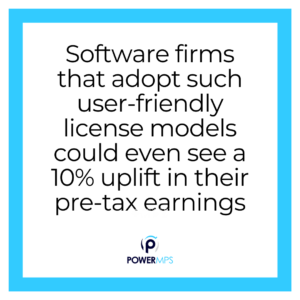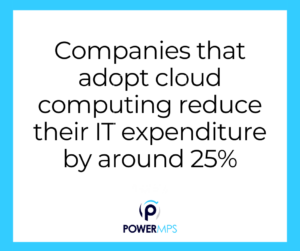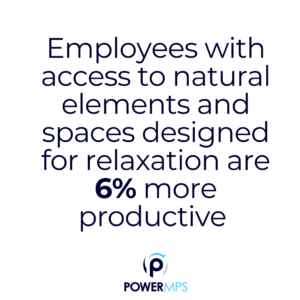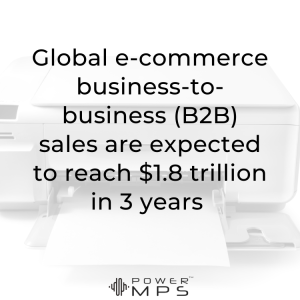Revamping for Relevance: Adapting in the Digital Age
The business landscape is being dramatically reshaped in the age of rapid digital and technological advancements. According to PwC’s 22nd Annual Global CEO Survey, an overwhelming 72% of global CEOs pinpointed the importance of staying technologically advanced to stay competitive. To meet this challenge, the integration of high-tech tools, the use of innovative pricing strategies, and the adoption of flexible licensing models should be at the forefront of any business approach—especially within a specific vertical.
However, simply adopting technological improvements is not sufficient. Companies must also tailor these advancements to meet specific needs within their respective verticals. Be it improving operational efficiency or enhancing customer satisfaction, technological advancements need to be relevant and valuable. Additionally, in this ultra-competitive business world, pricing and licensing serve as critical tools that attract your target market and determine client perception. Efficient pricing and adaptable licensing within your specific vertical can dramatically affect your enterprise’s competitiveness and market standing.
The Competitive Edge: Better Technology, Pricing, and Licensing
Gaining an edge in today’s aggressive business environment does not come easy. The current landscape compels enterprises to constantly upscale and adapt their strategies to remain relevant. A smart move towards this goal is the integration of top-notch technology, the formulation of effective pricing structures, and the use of consumer-focused licensing models. Achieving a balance among these elements could provide the upper hand, especially when proposed for industry-specific applications.
The secret lies not just in embracing technological advancements but in applying them tactically within your particular vertical. Similarly, strategic pricing that aligns value with customer perception, along with adaptive licensing that appeals to consumer preferences, can serve as distinguishing factors in the crowded marketplace. Creating a seamless blend of these strategies can significantly augment competitiveness, offering an undeniable advantage in the business world.
Embracing Advanced Technology to Stay Ahead
The importance of integrating the most updated technology in your industry vertical cannot be overstated. According to a report by the International Data Corporation (IDC), it’s estimated that global spending on digital transformation-enabling technologies and services will skyrocket to a whopping $2.3 trillion by 2024. Indeed, the incorporation of advanced technologies in your enterprise can yield exceptional benefits, including improved operational efficiency, the enhancement of product offerings, and the provision of services that fulfill customer needs.
Nonetheless, merely incorporating cutting-edge technology is insufficient. Truly groundbreaking benefits are achieved when, aside from adoption, these advanced technologies are applied and integrated in a manner that addresses specific needs in your particular vertical. After all, innovation doesn’t translate to success unless it aligns with the unique demands and opportunities within your specific industry.
Optimizing Pricing for Competitive Advantage
The role of pricing in a competitive business landscape is undeniably significant. As highlighted in a Gartner survey, an overwhelming 64% of B2B organizations asserted a strong correlation between their pricing strategies and customer perception of their products and services. A well-crafted pricing model does more than just hitting profit goals—it defines value, aids in brand positioning, and pulls in your target clientele.
In developing your pricing structure, it’s critical to balance between meeting customer expectations and accommodating their budget, particularly within your specific vertical. To attract your ideal customers, your pricing should not only align with the value your product or service provides but also be tailored to what your target audience finds appealing. Navigating this fine balance could potentially set you apart from others in this highly competitive business world.
Capitalizing on Customer-Oriented Licensing Models

A winning card in the competitive business arena is undoubtedly an accommodating licensing model. It is of essence to understand that consumers value flexibility and freedom of choice in licensing. Research from McKinsey & Company indicates that software firms that adopt such user-friendly license models could even see a 10% uplift in their pre-tax earnings.
With increased autonomy, your clientele is more likely to favor your business over competitors. Therefore, incorporating adaptable licensing models that suit customer needs and preferences is not just an option, but imperative. Tailoring these models specifically to your vertical can give you an edge that could potentially transform your business, driving both consumer favorability and overall profitability.
Boosting Your Business with Industry-Specific Strategies
To truly leave competitors in the dust, building a comprehensive strategy that uniquely integrates these elements—technology, pricing, and licensing is vital. This approach must be carefully crafted to fit your distinct vertical. Begin by conducting a deep-dive analysis of your industry, grasping its subtle complexities and hurdles to ensure you comprehend the lay of the land.
At the core of your strategy, deploy these tools in a discerningly calibrated manner. The unique amalgamation of cutting-edge technology, strategic pricing, and adaptable licensing form a potent recipe that can not only give you a leg up in the competition but also position your brand as a top choice among consumers in your vertical.
The key is to steer away from scattered, appealing components and strive towards a holistic, industry-specific approach. Melding advanced technology, competitive pricing, and flexible licensing can ultimately culminate in a formidable business model agile enough to navigate the intricate maze of today’s business world.
To stay relevant in the rapidly advancing digital age, businesses must progress beyond simply adopting technology and revamp their strategies with industry-specific nuances. This approach should uniquely fuse technology, pricing, and licensing strategies into a robust, impactful model. Focusing on this amalgamation—designed concurrent with industry demands—can effectively boost your market stance, presenting a brand that resonates with customers and confidently navigates the evolving business landscape.










become more profitable with PowerMPS